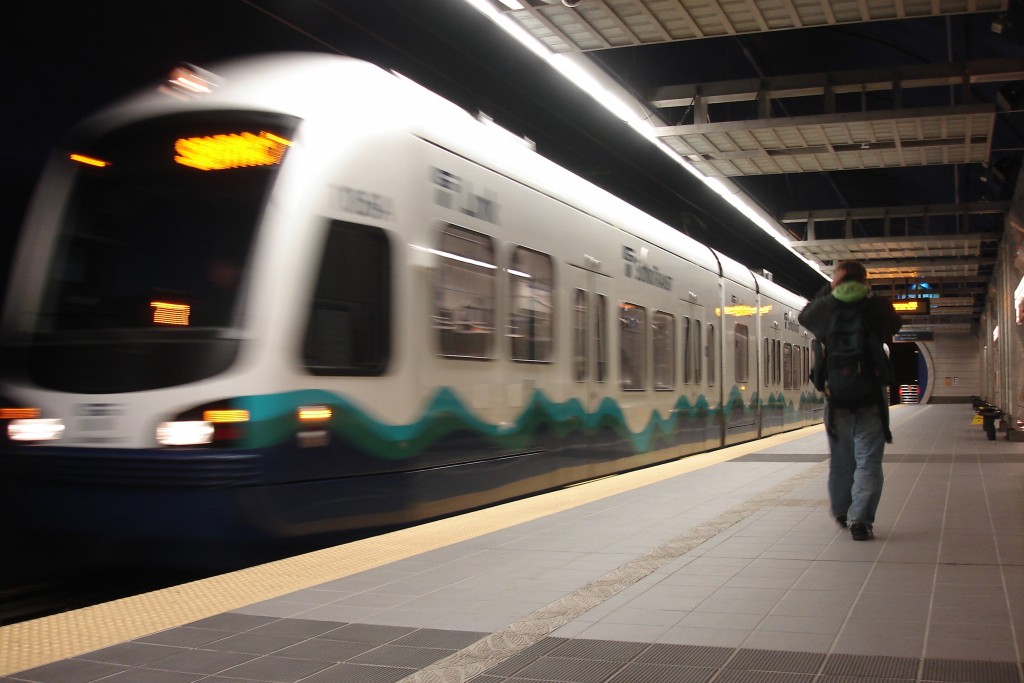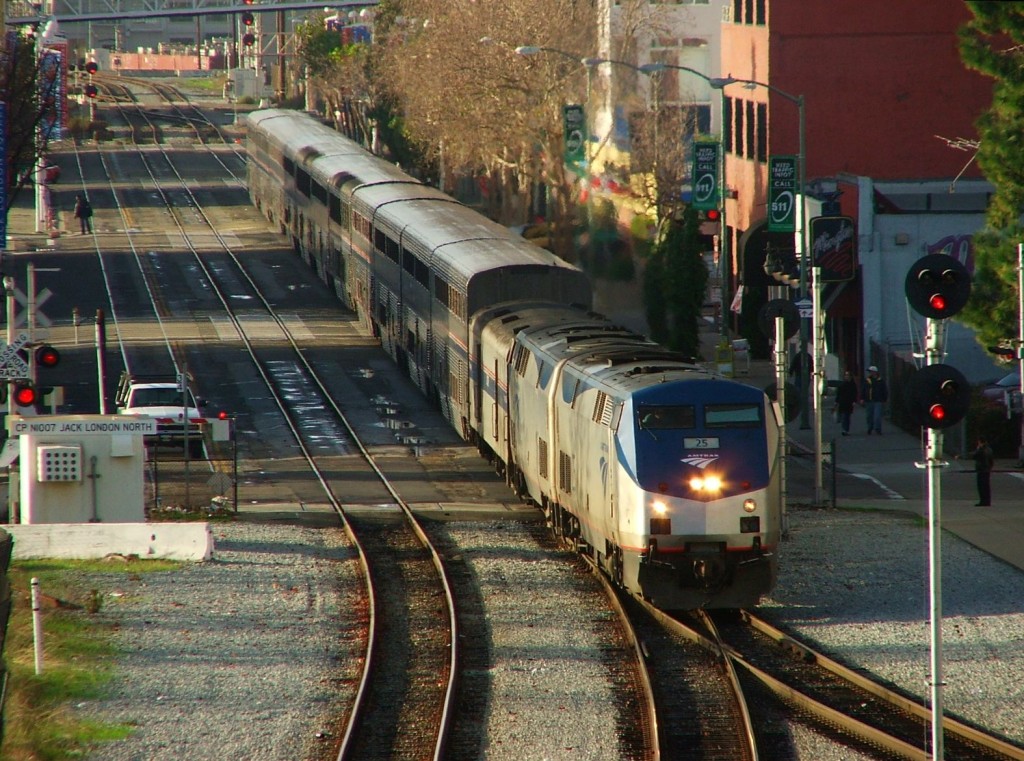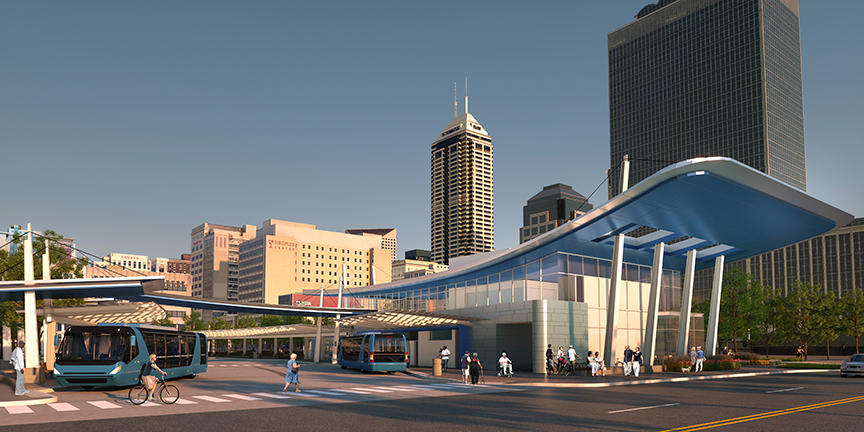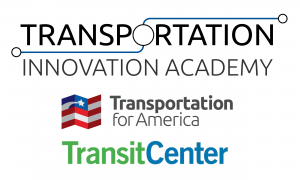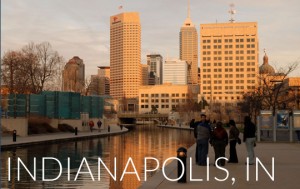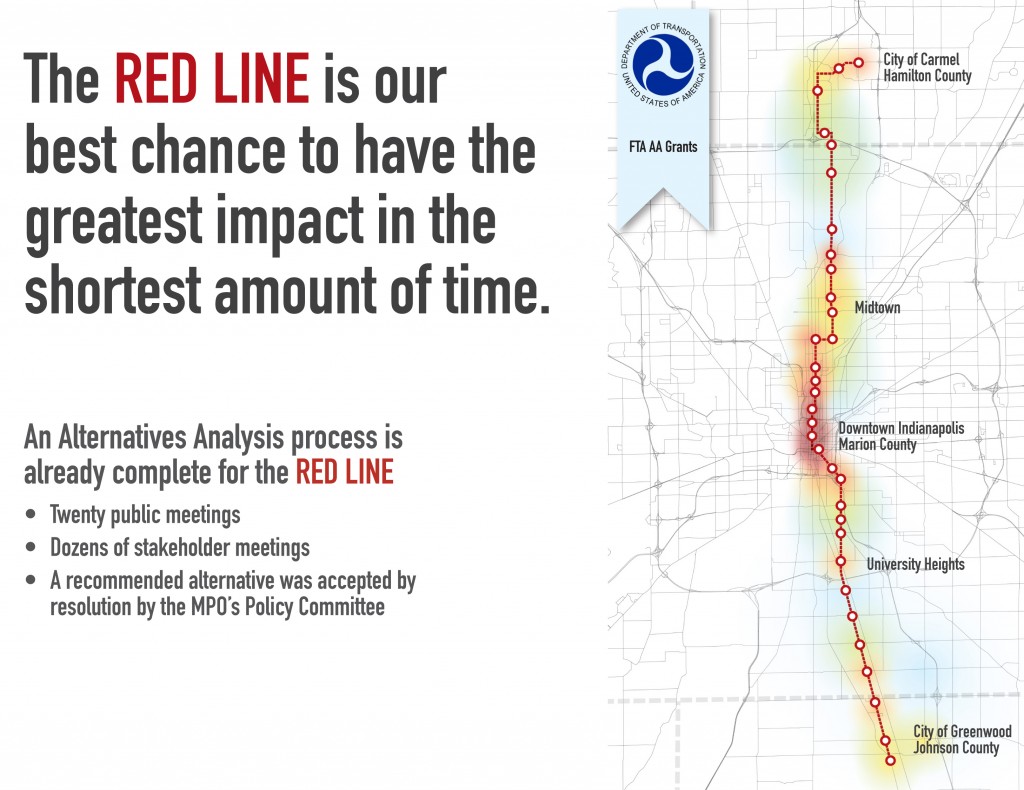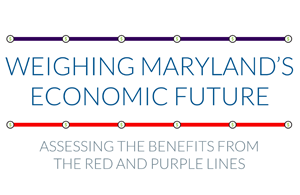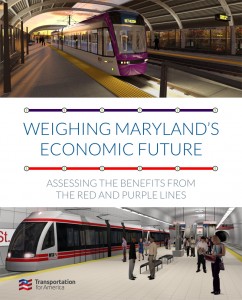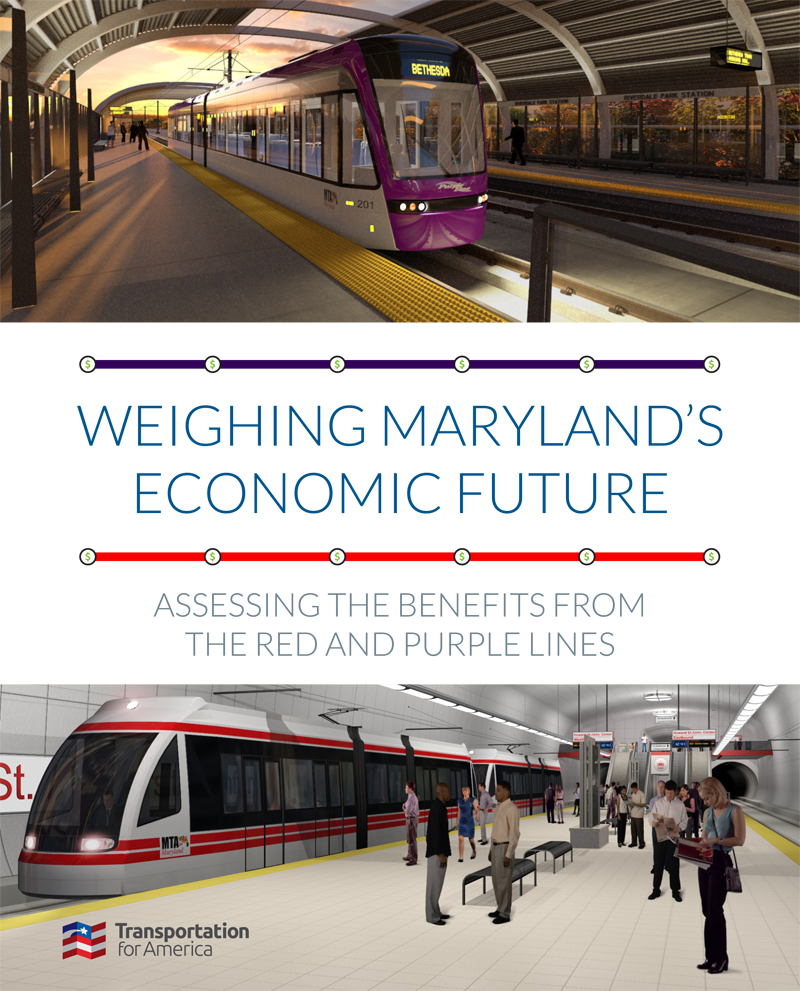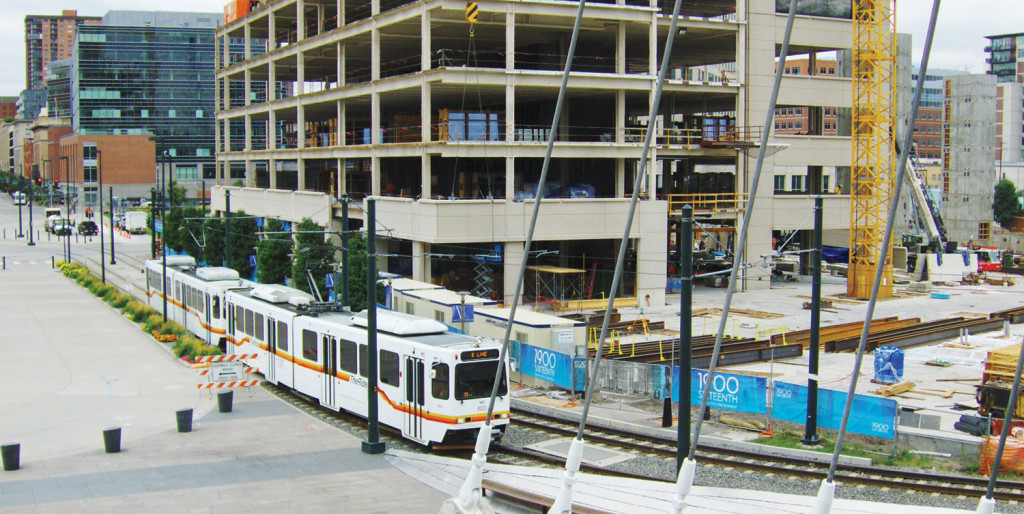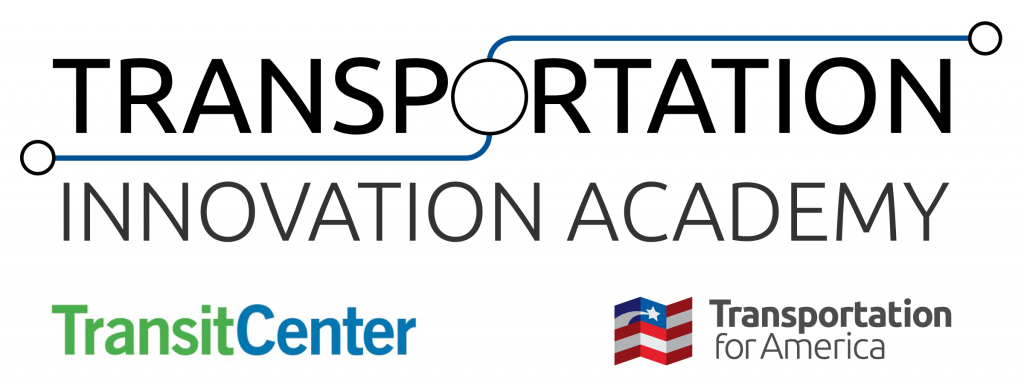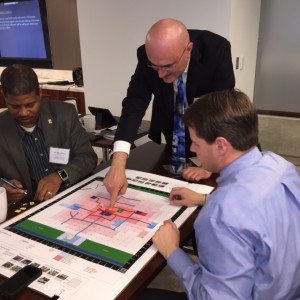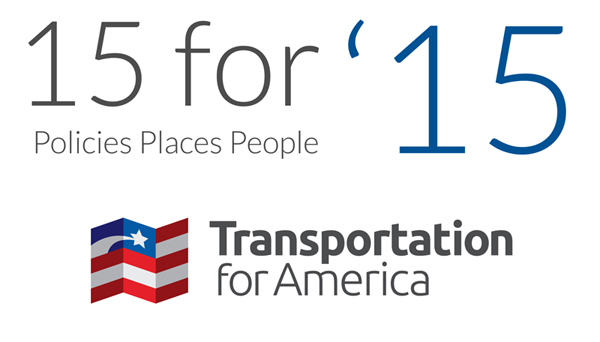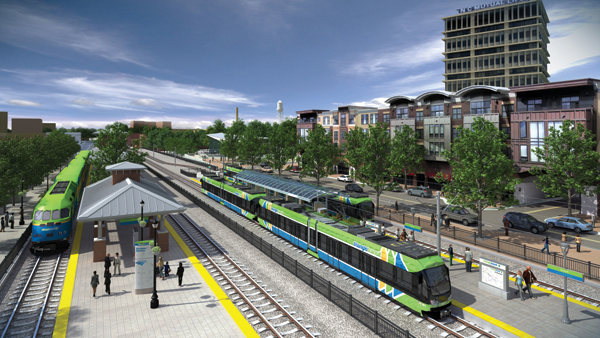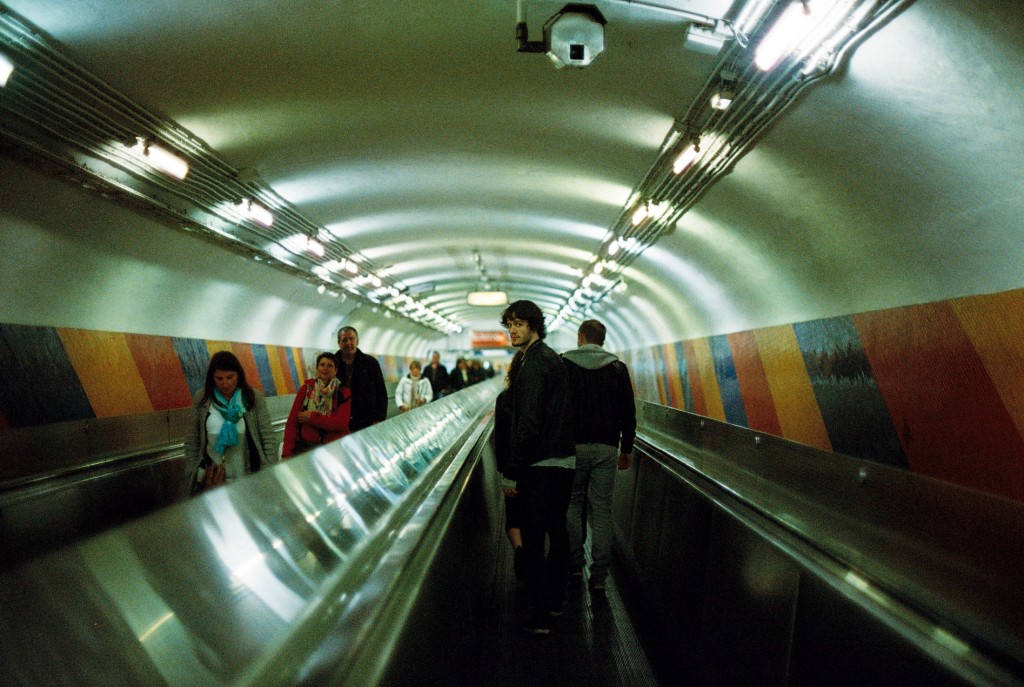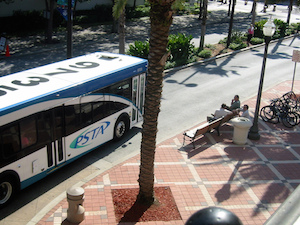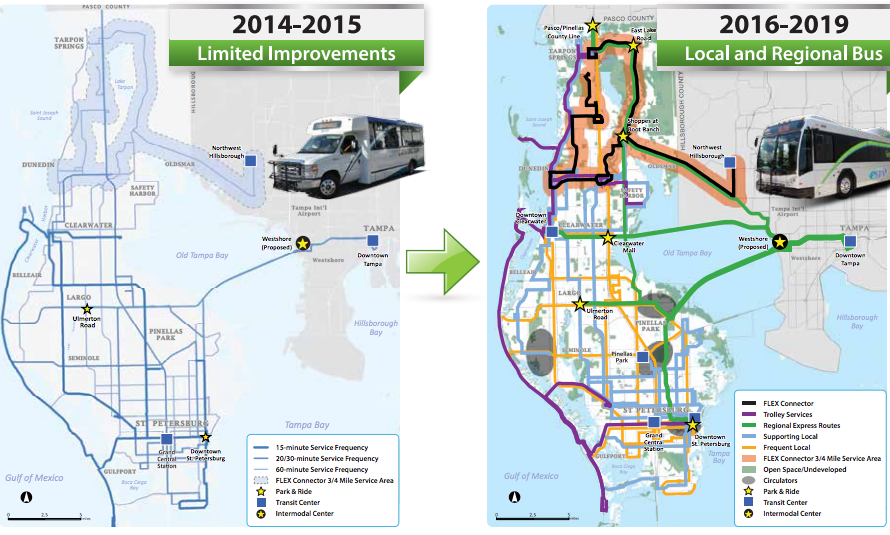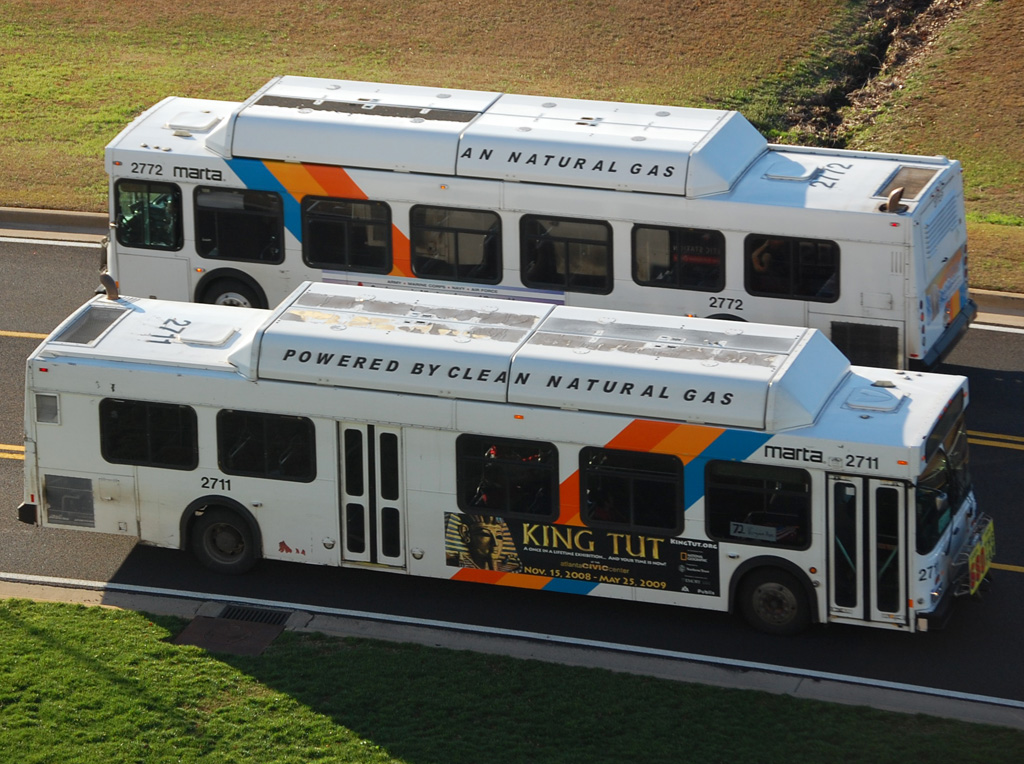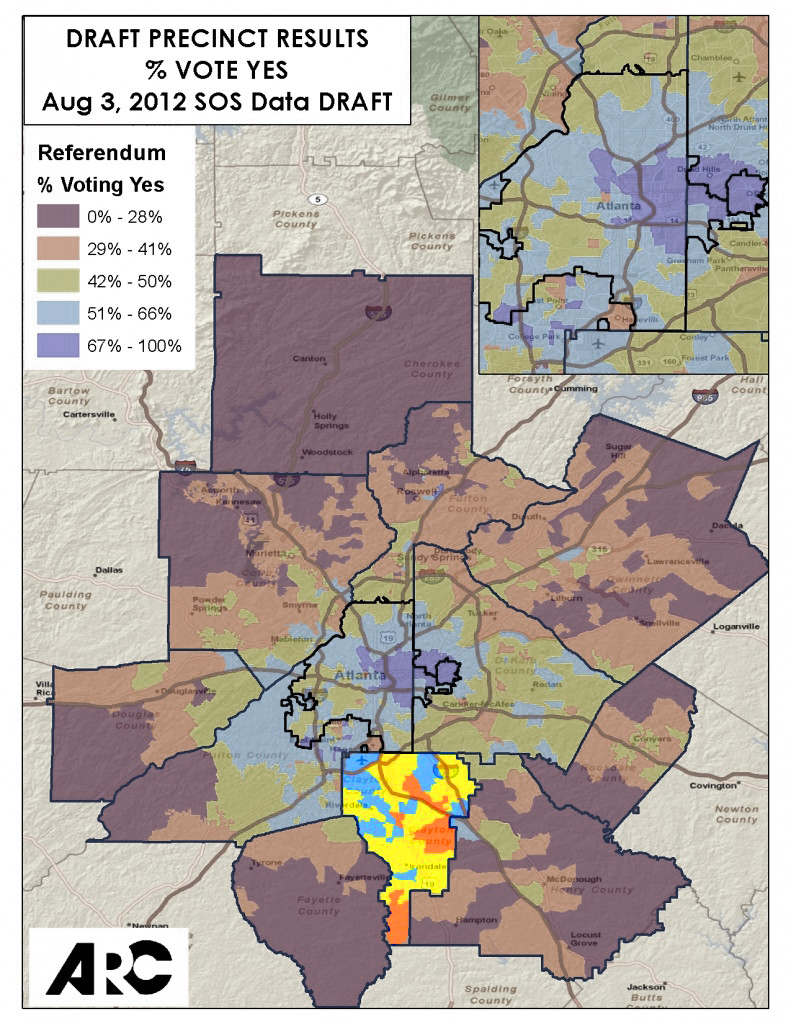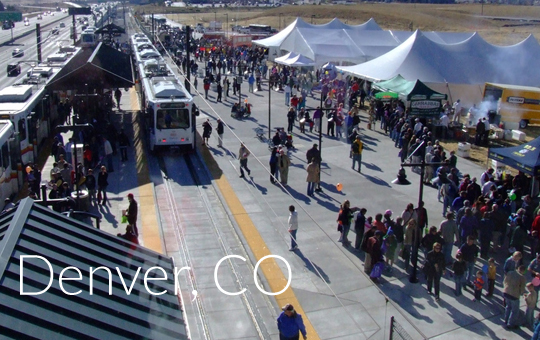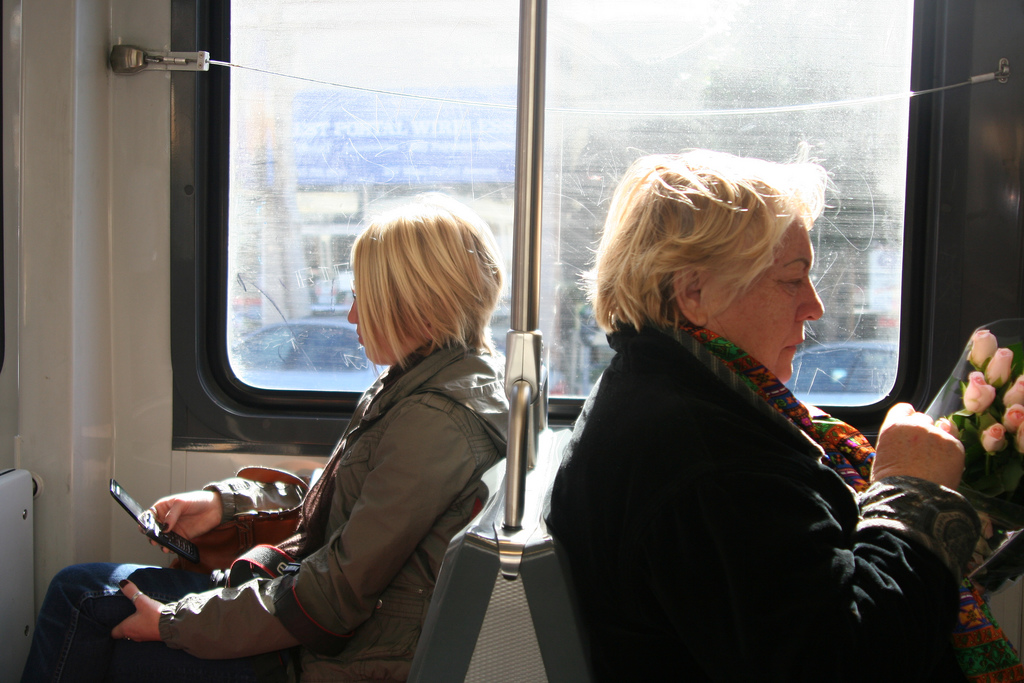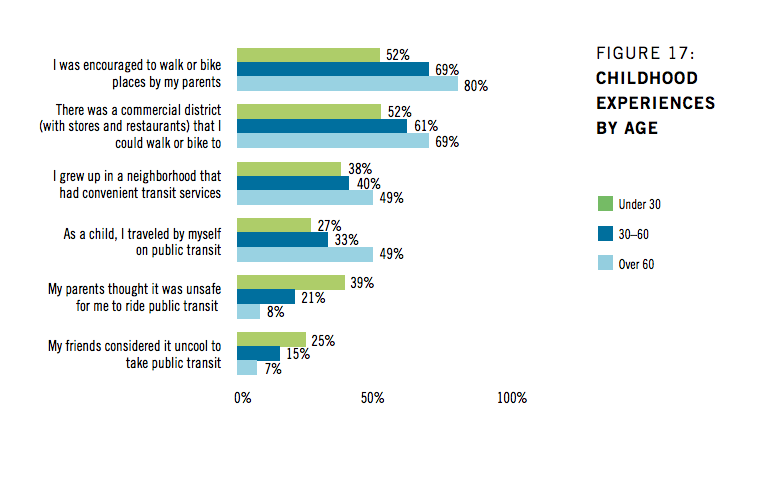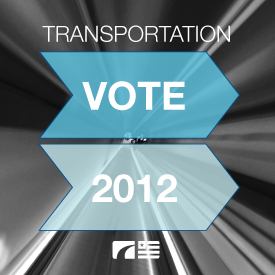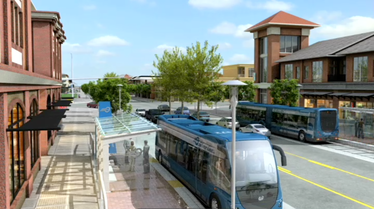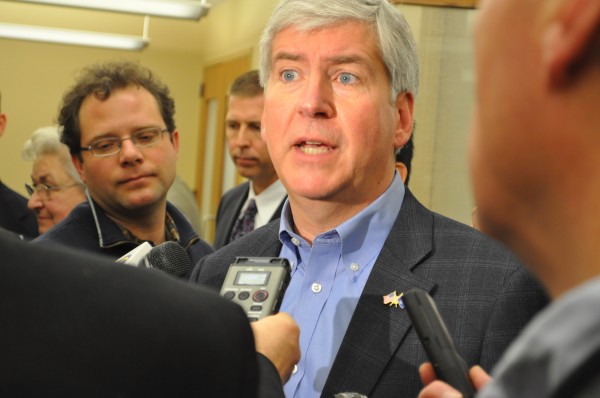***Please note, at 10:00am T4A received McConnell’s substitute amendment, which means that a number of these items may have changed. We’ll keep you updated as it proceeds.**
Last night, the US Senate passed a procedural vote called cloture. Like a starting pistol in a race, this means that they can now start debating, amending and eventually pass a federal surface transportation bill out of the Senate. While many things can, and will, happen over the next few days, there are a number of topics that Transportation for America is watching.
Want to know how your Senator voted on cloture? Click HERE.
1.Payfors – DC parlance for real and imaginary ways to pay for this bill.
At this time, there appears to be a wide-ranging list of payfors that run as small as $172 million up to $16 billion. Some of these include items like such as rescinding unused TARP funds or extending fees for TSA. There do not seem to be many that keep the traditional tie between users of the system and payments into the system.
The mass transit account appears to be running out of funding well before the highway trust fund. Initial T4A analysis seems to indicate that the legislation pulls in all 10 years of the proposed funding to pay for 3 years of the highway trust fund and 1.5 years of the mass transit account.
The legislation also appears to sell 101 million barrels out of the 693.7 million barrels of the Strategic Petroleum Reserve (SPR) between 2018 and 2025 to bring in $9B over 10 years. Critics of this funding scheme assert that we are selling the oil when prices are at record lows, making it a foolish idea. Sen. Murkowski (R-AK) is reportedly one of those critics.
Originally, this legislation withheld Social Security payments from recipients that are subjects of a felony arrest warrant and for whom the state has given notice that they intend to pursue the warrant, raising $2.3 billion over 10 years. T4A has heard that Senate negotiators have removed this provision due to the advocacy of a number of social equity and civil rights groups.
2. Transit
T4A and the larger transportation community have several concerns about this title, the main ones are:
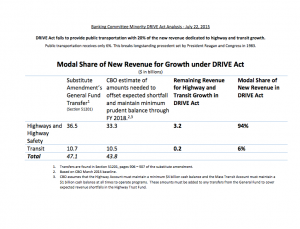
US Banking Democrats chart on modal share under currently proposed Senate legislation
First, the DRIVE Act fails to provide public transportation with 20% of the new revenue dedicated to growth, which is a historical guarantee dating back to President Reagan’s agreement in 1982. Public transportation receives only 6% of the revenue derived from the future funding growth (see Senate Banking Democrats chart). U.S. DOT estimates that the Mass Transit Account ends the third year of the bill (FY 2018) with a negative balance of $180 million. Senator Boxer is reportedly negotiating a fix with Senate Republicans that will increase that percentage.
Second, projects with private funds get to “skip the line” for federal money, providing a major incentive for privatized service. The existence of a new expedited process could entice cities to pursue transit privatization on a large scale by using P3s to operate transit service. The labor community has expressed strong opposition and may oppose the entire bill if this provision isn’t removed.
Third, this legislation forces the Federal Transit Administration (FTA) to wait 6 months before increasing oversight of at-risk projects. Sec. 21015 requires the FTA to wait for a project to fail 2 consecutive quarterly reviews before providing more oversight to a project that is going over budget or falling behind schedule.
3. The Freight program
This legislation includes all modes of freight, including pipelines for the first time. It also requires the establishment of a new multi-modal freight network within 1 year of enactment, the establishment of which appears to be similar to the creation of the existing freight network (as well as a re designation of the existing highway freight network). It does, however, define economic competitiveness by the amount of traffic moved and not economic outcomes and will fund projects that reduce congestion, improve reliability, boost productivity, improve safety or state of good repair, use advanced technology or protect the environment on the national highway freight network.
You’ll recall that T4A sent out an action alert to keep the TIGER program multimodal and not let the US Senate Commerce Committee use it for freight-exclusive purposes. We’re happy to report that effort was successful, though the TIGER program is still not authorized or funded in the transportation bill.
4. Passenger Rail
This legislation authorizes passenger rail funding for the first time ever in a federal surface transportation reauthorization. The legislation calls for $1.44B in 2016 and growing to $1.9B in 2019. It maintains a national system and provides for clear cost accounting among the 4 business lines of Amtrak of the corridor, state-supported and long-distance trains. Provides for up to 6 new passenger rail routes on a competitive basis and for the first time makes operational costs eligible for grants.
5. AMP – Assistance for Major Projects
This is a new project for highway or transit projects that cost at least $350M or 25% percent of state highway apportionment (10% in a rural state). Applications should be reviewed based on consistency with federal goals, improvement to the performance of the system, is consistent with the statewide plan, can’t be completed without federal help and will achieve one or more of the following:
- generate national economic benefits outweigh cost,
- reduce congestion,
- improve the reliability of movement of people and freight, or
- improve safety
Grants under AMP must be at least $50M, with a rural guarantee of 20%. Eligible applicants for AMP include states, local governments (or group of locals), tribal governments, transit agencies, port authorities, public authorities with transportation function and federal land management agencies. It is not yet clear if this language is specific enough to include MPOs.
Amendments to be offered: T4A staff is monitoring a number of potential amendments. One of which (offered by Senators Wicker (R-MS) and Booker (D-NJ)) would increase the ability of communities to fund projects through the Surface Transportation Program. We strongly urge you to call your Senator and tell them to co-sponsor that amendment.




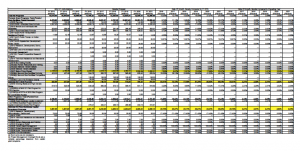
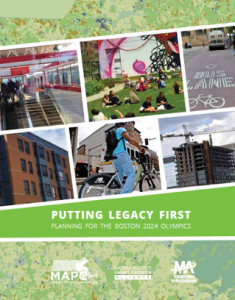 a few of which are summarized below:
a few of which are summarized below: